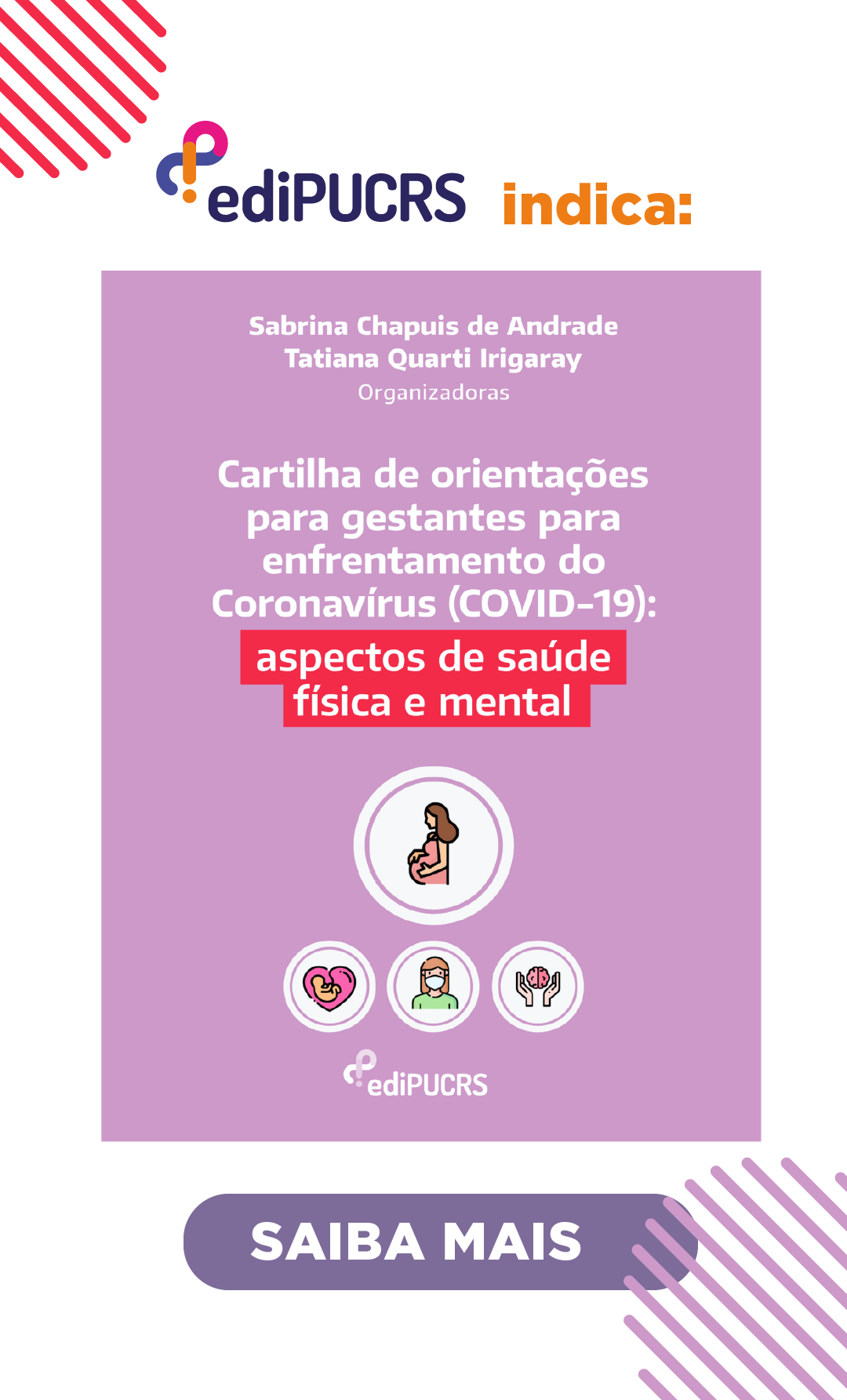Prenatal diagnosis of osteogenesis imperfecta type 2: case report
DOI:
https://doi.org/10.15448/1980-6108.2015.1.20066Keywords:
Osteogenesis imperfecta, Musculoskeletal abnormalities, Ultrasonography, prenatal, Magnetic resonance imaging.Abstract
Aims: To describe a case of prenatal diagnosis of the lethal form of osteogenesis imperfecta.
Case description: A 26 year-old pregnant woman, black, married, housewife, previously healthy, in her third pregnancy, was referred with 29 weeks and five days of gestation to the Fetal Medicine Service of the University Hospital of Santa Maria, due to hypothesis of intrauterine growth restriction. Obstetric ultrasound, complemented by magnetic resonance, allowed the diagnosis of osteogenesis imperfecta type 2, with intrauterine growth restriction, fetal weight below the 3rd percentile and major bone deformities. The patient underwent a cesarean section at 33 weeks and four days of gestation. The newborn infant, weighting 1120 g, died due to respiratory failure immediately after birth.
Conclusions: Osteogenesis imperfecta is a connective tissue disease that courses with lethal and nonlethal forms, and prenatal diagnostic imaging enables family counseling regarding prognosis and programming the type of delivery. Reporting this case is important to the scientific community, in order to support the management of similar cases.
Downloads
References
Souza ASR, Cardoso AS, Lima MMS, Guerra GVQL. Diagnóstico pré-natal e parto transpelviano na osteogênese imperfeita: relato de caso. Rev Bras Ginecol Obstet. 2006;28(4):244-50. http://dx.doi.org/10.1590/S0100-72032006000400007
Lyra TG, Pinto VAF, Ivo FAB, Nascimento JS. Osteogenesis Imperfecta em obstetrícia: Relato de caso. Rev Bras Anestesiol. 2010;60(3):321-4. http://dx.doi.org/10.1590/s0034-70942010000300011
Sillence DO, Senn A, Danks DM. Genetic heterogeneity in osteogenesis imperfecta. J Med Genet. 1979;16:101-16. http://dx.doi.org/10.1136/jmg.16.2.101
Lima JS, Nunes VRT, Souza RFF, Campos AS, Aguiar RALP, Aguiar MJB. Osteogênese imperfeita perinatal na Maternidade do Hospital das Clínicas da UFMG. Rev Med Minas Gerais. 2010;20(4):483-9.
Betat RS, Telles JAB, Sanfelice FS, Fell PRK, da Cunha AC, Picetti J, Bedin C, Rosa RFM.Achados pré e pós-natais de um caso de osteogênese imperfeita do tipo II (forma letal). Revista HCPA. 2012;32(4):512-4.
Araújo Junior E, Zanforlin Filho SM, Guimarães Filho HA, Pires CR, Santana RM, Nardozza LMM, Moron AF. Diagnósticos das malformações e tumores fetais: aspectos iconográficos à ultra-sonografia bidimensional e tridimensional. Rev imagem. 2006;28(1):25-32.
Martins MM, Macedo CV, Carvalho RM, Pinto A, Alves MAM, Graça LM. Prenatal diagnosis of skeletal dysplasias – a ten-year case review. Acta Obstet Ginecol Port. 2014;8(3):232-9.
Lima Rodríguez UD, Hernández Rodríguez AR, Pérez Espinosa LM, Alberro Fernández M. Osteogénesis imperfecta tipo II. Reporte de 1 caso. Rev Cubana Ortop Traumatol. 1999;13(1-2):115-8.
Bomfim OL, Coser O, Moreira MEL. Unexpected diagnosis of fetal malformations: therapeutic itineraries. Rev de Saúde Coletiva, Rio de Janeiro. 2014;24(2):607-22. http://dx.doi.org/10.1590/s0103-73312014000200015
Zen PRG, Silva AP, O. Filho RL, Rosa RFM, Maia CR, Graziadio C, Paskulin GA. Diagnóstico pré-natal de displasia tanatofórica: papel do ultrassom fetal. Rev Paul Pediatr. 2011;29(3):461-6. http://dx.doi.org/10.1590/S0103-05822011000300024
Oliveira FR, Camargos AF. Descriminalização do aborto de anencéfalos: a conquista de um direito e o início de vários dilemas éticos. Femina. 2011;39(6):123-4.
Moreira M, Lopes JMA e Carvalho M. O recém-nascido de alto risco: teoria e prática do cuidar [online]. Rio de Janeiro: Editora FIOCRUZ; 2004. 564 p.





